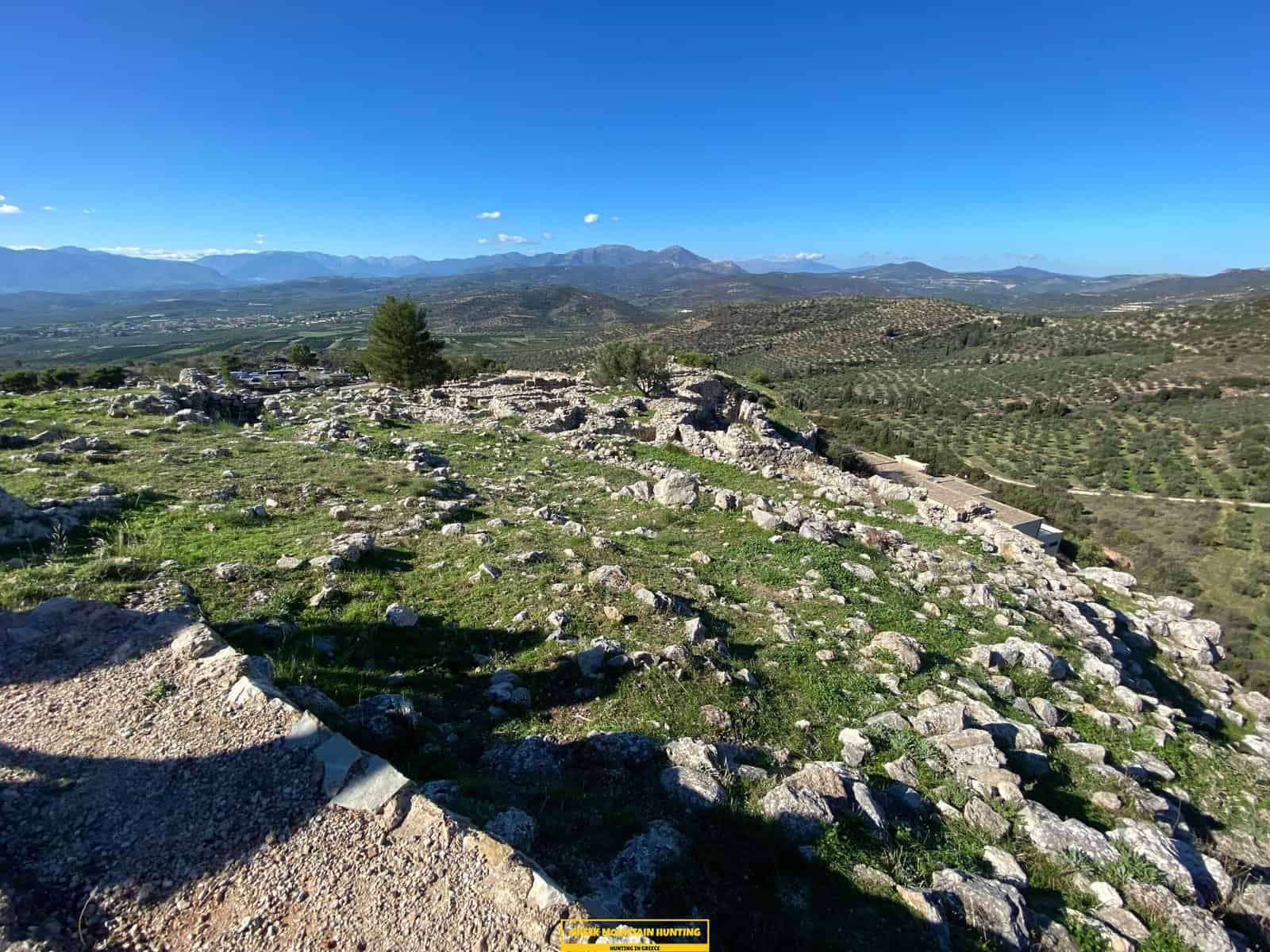
The Peloponnese peninsula on the Greek Mainland is frequently described as the 'real' Greece. Since it has actually managed to remain fairly untouched by mass tourism as well as keeps much of its typical beauty, this is. Peloponnese is the area for you if you're looking for a genuine Greek experience. And what much better means to discover this lovely region than on among our outdoor searching, fishing, as well as complimentary diving scenic tours?

This Ibex is not a small type of the Bezoar Ibex, which has migrated to the western edge of its variety. The kri-kri (Capra aegagrus cretica), likewise called the Cretan goat, Agrimi, or Cretan Ibex, is a wild goat indigenous to the Eastern Mediterranean. The kri-kri (Capra aegagrus cretica), a feral goat living in the East Mediterranean, was when believed to be a subspecies of wild goat. The kri-kri has a light brown coat with a darker neck band. Their two sweeping horns climb from their head. The kri-kri is a skeptical and also timid pet in the wild, relaxing throughout the day. They can leap fars away or climb apparently sheer cliffs.
On our Peloponnese tours, you'll reach experience all that this fantastic region needs to use. We'll take you on an excursion of a few of the most beautiful and historical websites in all of Greece, including old damages, castles, and also more. You'll additionally get to experience a few of the typical Greek society direct by enjoying a few of the tasty food and white wine that the area is understood for. And also certainly, no journey to Peloponnese would certainly be complete without a dip in the shimmering Mediterranean Sea! Whether you're an experienced seeker searching for a novice vacationer or a brand-new adventure simply seeking to discover Greece's stunning landscape, our Peloponnese trips are excellent for you. What are you waiting for? Schedule your journey today!
So if you are searching for a genuine Greek experience far from the pressure of tourism after that look no more than Methoni in The Peloponnesos! Our outside searching for Kri Kri ibex, fishing, complimentary diving and touring Peloponnese scenic tours from Methoni are the excellent way to discover this gorgeous area at your own speed with like minded individuals. Contact us today to schedule your put on among our scenic tours.
What is the diference between Kri Kri ibex, Bezoar ibex and hybrid ibex
The kri-kri is not thought to be indigenous to Crete, most likely having been imported to the island during the time of the Minoan civilization. Nevertheless, it is found nowhere else and is therefore endemic to Crete. It was common throughout the Aegean but the peaks of the 8,000 ft (2,400 m) White Mountains of Western Crete are their last strongholds–particularly a series of almost vertical 3,000 ft (900 m) cliffs called ‘the Untrodden’—at the head of the Samaria Gorge. This mountain range, which hosts another 14 endemic animal species, is protected as a UNESCO Biosphere Reserve. In total, their range extends to the White Mountains, the Samaria National Forest and the islets of Dia, Thodorou, and Agii Pandes.
This Ibex is NOT a diminutive form of the Bezoar Ibex, which has migrated into the western-most reach of the range of this species. The kri – kri (Capra aegagrus cretica), sometimes called the Cretan goat, Agrimi, or Cretan Ibex, is a feral goat inhabiting the Eastern Mediterranean, previously considered a subspecies of wild goat. The kri-kri has a light brownish coat with a darker band around its neck. It has two horns that sweep back from the head. In the wild they are shy and avoid tourists, resting during the day. The animal can leap some distance or climb seemingly sheer cliffs.
“The agrimi goat Capra aegagrus cretica is unique to Crete and its offshore islands. It has been identi®ed as a sub-species of the wild bezoar goat Capra aegagrus aegagrus Erxleben, 1777, which it closely resembles in horn shape, body form and coloration. This classi®cation has been disputed by some researchers who claim that the agrimi are feral goats, derived from early domestic stock brought to the island by the ®rst Neolithic settlers. In order to clarify this issue, DNA analyses (cytochrome b and D loop sequences) were carried out on tissue of live and skeletonized agrimi and compared to sequences of wild and domestic caprines. Results conclusively show the agrimi to be a feral animal, that clades with domestic goats (Capra hircus) rather than with wild Asiatic bezoar. This study demonstrates that morphometric criteria do not necessarily re¯ect genetic af®nities, and that the taxonomic classi®cation of agrimi should be revised.”